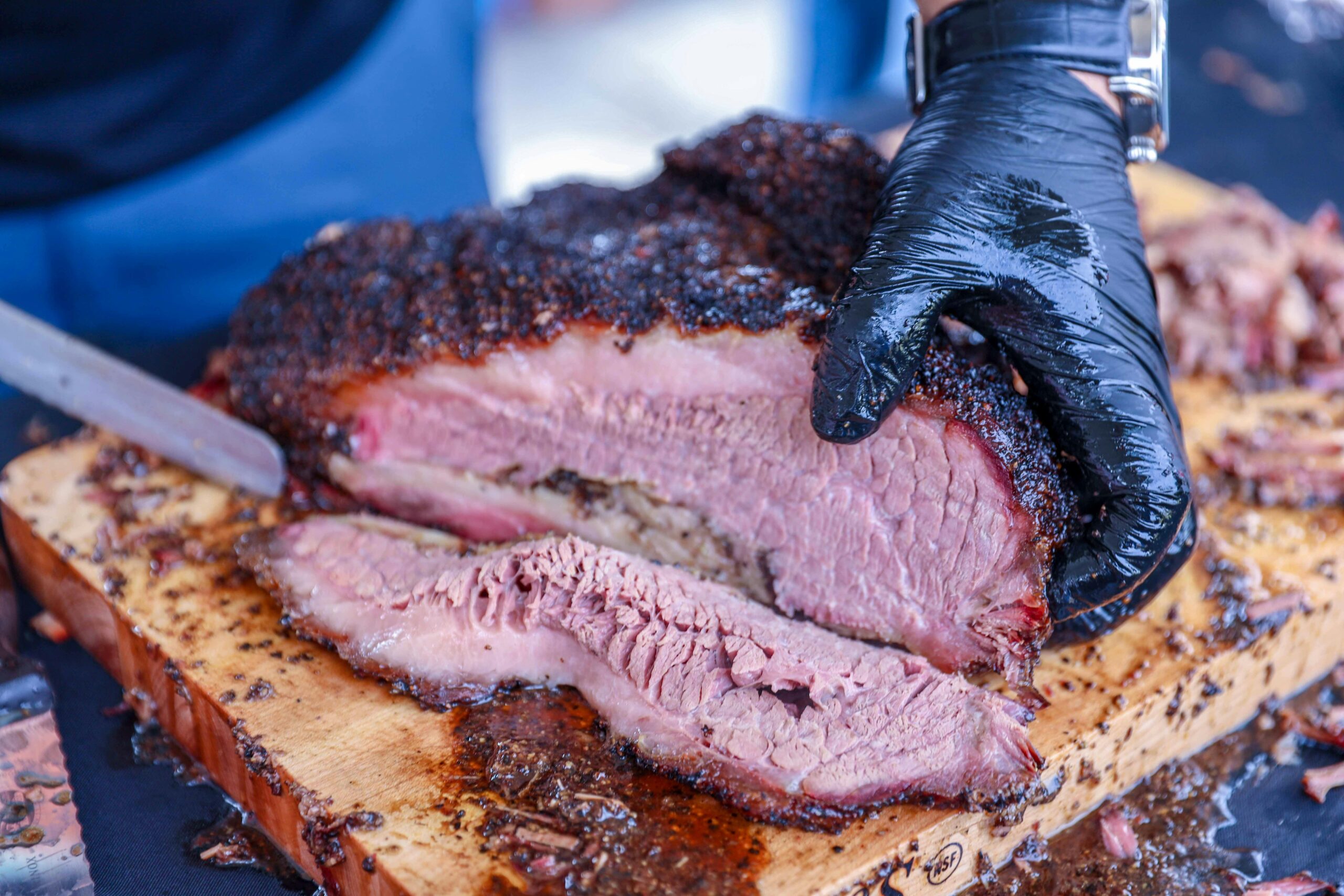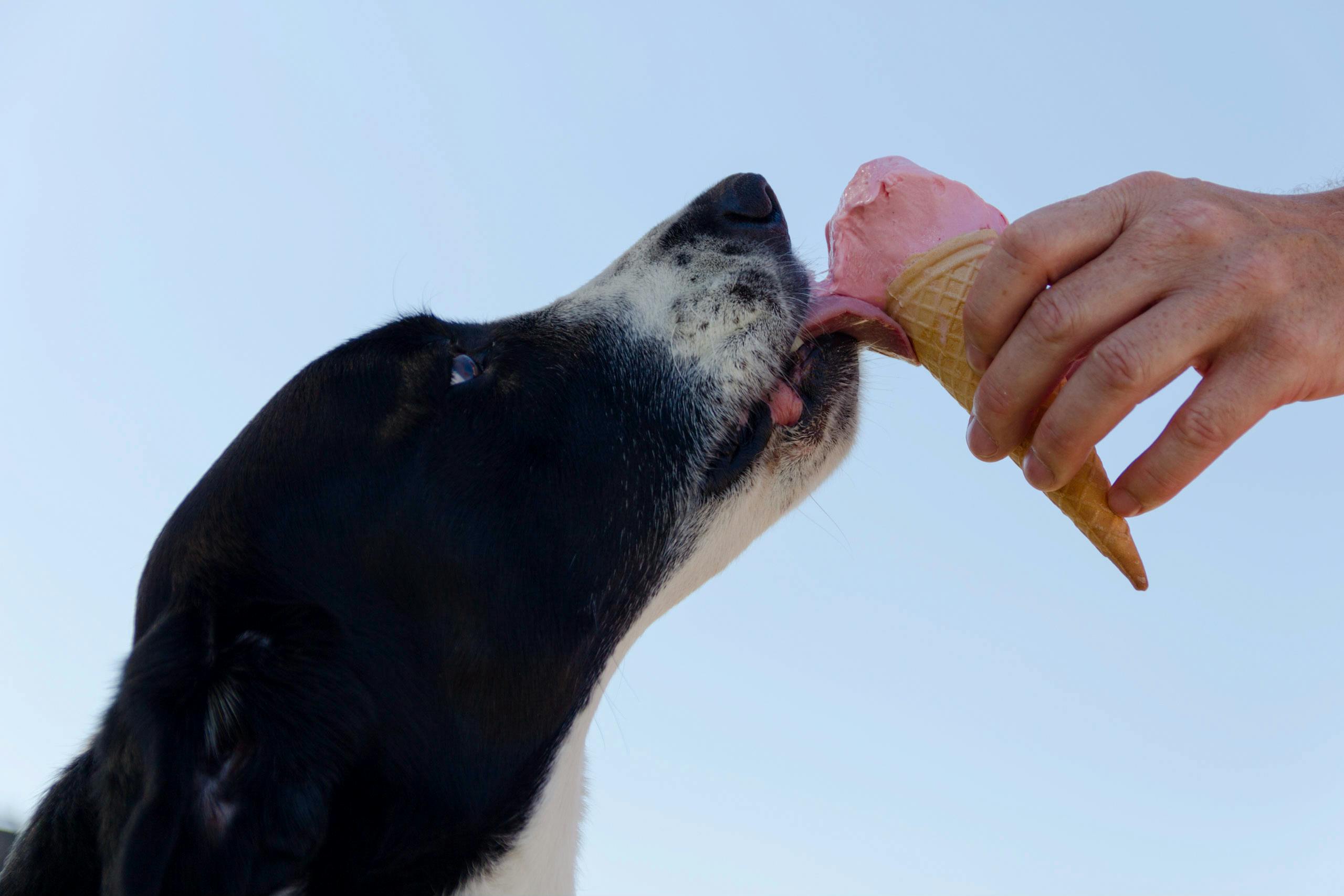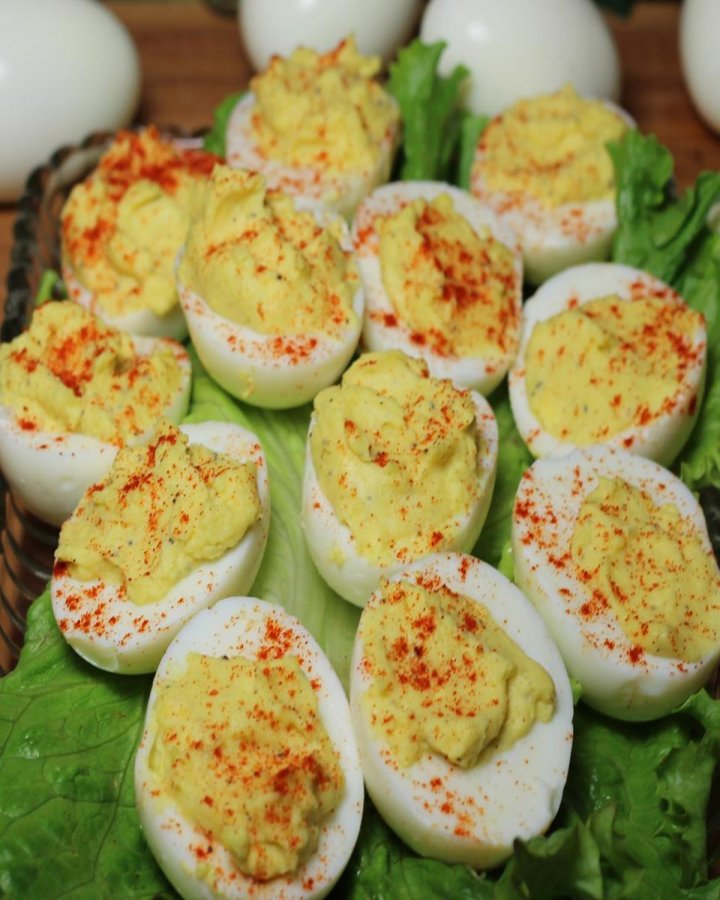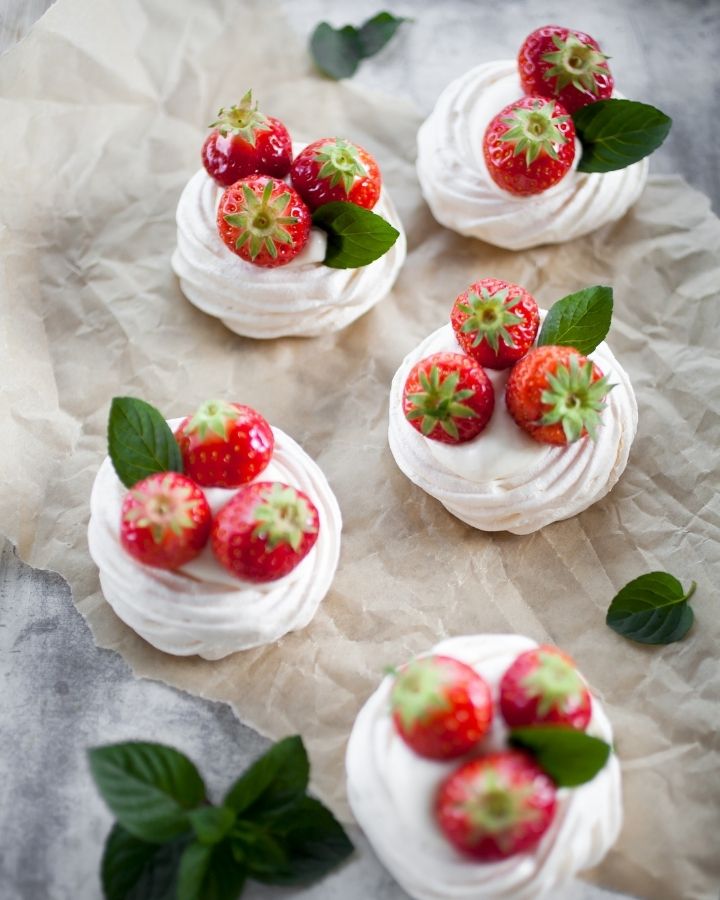Today, we’re diving into a Texas-style brisket recipe that promises to bring the authentic taste of Southern barbecue to your table. This recipe, inspired by the Barbecue Showdown TV series, showcases the simplicity and depth of flavour that makes Texas brisket a standout. With just a few key ingredients and techniques, you can achieve a tender, smoky brisket with a beautiful bark and mouth-watering flavour.
History Of Texas-Style Brisket
The art of smoking brisket has deep roots in Texas, where it has evolved into a beloved culinary tradition. Originating from the practices of early German and Czech settlers, who brought their meat-smoking techniques to the region, Texas brisket has become synonymous with slow-cooked, smoked perfection. The brisket cut, known for its toughness, transforms into a tender masterpiece through the low-and-slow cooking process, creating the iconic bark and smoke ring cherished by barbecue enthusiasts.
Fun Fact From Barbecue Showdown
Did you know that the brisket is one of the toughest cuts of meat, coming from the breast section of the cow? This toughness makes it ideal for slow cooking and smoking, which breaks down the collagen and renders it deliciously tender. The Barbecue Showdown TV series has highlighted the complexity and skill required to perfect this dish, showcasing pitmasters from around the world.
Serving Suggestions For Texas-Style Brisket
This Texas-style brisket pairs wonderfully with classic sides like coleslaw, baked beans, and cornbread. For a vibrant twist, serve it alongside a fresh cucumber and tomato salad, or enjoy it in a hearty sandwich with pickles and onions. A side of tangy barbecue sauce will complement the rich, smoky flavour of the brisket perfectly.
Fun Fact From Barbecue Showdown
During the Barbecue Showdown, one of the judges mentioned that a well-cooked brisket should have a tender texture, a beautifully formed bark, and a prominent smoke ring. The smoke ring, a pink layer just beneath the bark, is a sign of perfect smoking conditions and is highly prized among barbecue enthusiasts.

Storing Instructions
Store any leftover brisket in an airtight container in the refrigerator for up to four days. For longer storage, you can freeze the brisket in freezer-safe bags or containers for up to three months. Be sure to label the containers with the date to keep track of freshness.
Reheating Instructions
To reheat your brisket, preheat your oven to 150°C (300°F). Place the brisket in an oven-safe dish, adding a splash of beef broth or water to maintain moisture. Cover the dish with foil and heat for 20-30 minutes, or until warmed through. Alternatively, you can reheat slices of brisket in a skillet over medium heat, adding a bit of broth to keep it moist.
How To Make Texas-Style Brisket from Barbecue Showdown

Texas-Style Brisket from Barbecue Showdown
Ingredients
Method
- Trim excess fat from the brisket, leaving about 1/4 inch of fat cap for moisture and flavor.
- In a bowl, mix the kosher salt, black pepper, and dried oregano. Rub this mixture evenly over the entire surface of the brisket. Let it sit at room temperature for about 30 minutes to an hour to allow the seasoning to penetrate.
- In a medium saucepan, combine the beef broth, apple cider vinegar, water, Worcestershire sauce, and hot sauce (if using). Heat over medium heat until warm, then remove from heat and set aside.
- Preheat your smoker to 225°F (107°C).
- Place the brisket fat side up on the smoker grates. Smoke for about 4-5 hours, or until the internal temperature reaches approximately 170°F (77°C). During this time, use the mop sauce to spritz the brisket every hour to keep it moist.
- Once the brisket reaches 170°F, remove it from the smoker and wrap it tightly in butcher paper or aluminum foil. This helps retain moisture and speeds up cooking.
- Return the wrapped brisket to the smoker and continue cooking until the internal temperature reaches 205°F (96°C), which may take an additional 2-2.5 hours.
- Once the brisket reaches 205°F, remove it from the smoker and let it rest, still wrapped, for at least 30 minutes to 1 hour. This allows the juices to redistribute throughout the meat.
- After resting, unwrap the brisket and slice against the grain. Serve with additional mop sauce on the side if desired.
Notes
Cooking Tips for Texas-Style Brisket
Preparation
- Cold Brisket: Always start with a cold brisket from the refrigerator. Cold meat is easier to trim and will hold its shape better during cooking.
- Trimming: Trim the fat cap to about 1/4 inch to allow for proper rendering while still providing moisture. Remove any silver skin or hard fat that won’t render during cooking.
Seasoning
- Dry Brining: For deeper flavor, consider dry brining the brisket. Rub the salt and pepper mixture on the brisket and let it rest in the refrigerator for several hours or overnight. This allows the salt to penetrate the meat.
- Additional Spices: While the classic Texas brisket uses just salt and pepper, you can add garlic powder, onion powder, or smoked paprika for extra flavor without overpowering the meat.
Smoking
- Wood Selection: Use hardwoods like post oak, hickory, or pecan for authentic Texas flavor. Each wood type imparts a different flavor profile, so choose based on your preference.
- Temperature Monitoring: Invest in a reliable meat thermometer to monitor the internal temperature accurately. This is crucial for achieving the desired doneness without overcooking.
Cooking Process
- The Stall: Expect a stall in cooking when the internal temperature reaches around 150-170°F. This is normal as moisture evaporates from the meat. Wrapping the brisket in butcher paper or foil can help push through this stage.
- Mop Sauce Application: Use the mop sauce every hour during the first half of the smoking process to keep the meat moist and add flavor. Avoid opening the smoker too often, as this can lower the temperature.
Wrapping
- Butcher Paper vs. Foil: Butcher paper allows for better airflow, which helps maintain a crispy bark. Foil traps moisture more, leading to a softer bark but can also help speed up cooking.
Resting
- Resting Period: Allow the brisket to rest for at least 1 hour after cooking. This is essential for juicy slices, as it allows the juices to redistribute throughout the meat.
- Cooling Method: For optimal resting, place the wrapped brisket in a dry cooler (without ice) to keep it warm while it rests.
Slicing
- Against the Grain: Always slice against the grain to ensure tenderness. Identify the direction of the muscle fibers and cut perpendicular to them.
- Serving Size: Aim for slices about 1/4 inch thick. This size is ideal for both flavor and texture.
Storage and Reheating
- Leftover Storage: Store leftovers in an airtight container in the refrigerator for up to 4 days. For longer storage, vacuum seal or wrap tightly and freeze.
- Reheating: When reheating, do so gently in the oven at a low temperature (around 250°F) to avoid drying out the meat. Adding a splash of beef broth can help maintain moisture.
Final Thoughts
- Practice Makes Perfect: Smoking brisket is an art that improves with practice. Don’t be discouraged by initial attempts; each cook will teach you something new.
- Experiment: Feel free to experiment with different rubs, woods, and cooking methods to find what works best for your taste preferences.
Conclusion
We’d love to hear how you enjoyed this Texas-style brisket! Share your thoughts and any tweaks you made in the comments below. Don’t forget to subscribe for more mouth-watering recipes and barbecue tips. Happy smoking!
You can read more about Barbecue Showdown Season 3 here
FAQ
What is the purpose of the mop sauce?
The mop sauce serves multiple purposes: it adds layers of flavour, helps keep the brisket moist, and enhances the bark. As Melissa, one of the judges on Barbecue Showdown, noted, “It’s layer upon layer of flavour, moisture to the bark, and setting the flavour profile with the mop.”
How do I know when my brisket is done?
The brisket is done when it reaches an internal temperature of around 207°F (97°C). It should feel tender when probed, and the butcher paper will tell you when it’s done. Remember, “Brisket doesn’t need too much babysitting. Tender, bark, and smoke ring,” as one of the judges said.
Can I overcook brisket?
Yes, brisket can become too tight if overcooked. It’s important to pull it at the right temperature and allow it to rest, ensuring the meat stays tender and juicy. As mentioned on the show, “Don’t overdo the cook as it will tighten up again. When probing, it must be soft. The temp needs to be 207°F and it needs to rest.”
What is the best cut of brisket to use?
The best cut for brisket is a whole packer brisket, which includes both the flat and point cuts. This cut provides a good balance of lean and fatty meat, enhancing flavor and tenderness.
How do I season brisket?
A classic Texas-style brisket is seasoned simply with kosher salt and black pepper, typically in equal parts. For added flavor, you can include dried herbs like oregano or spices such as garlic powder.
How long should I cook brisket?
Brisket should be cooked low and slow, typically at 225°F (107°C) for about 1 to 1.5 hours per pound. The internal temperature should reach around 205°F (96°C) for optimal tenderness. You can find a meat temperature probe on Amazon.
Should I wrap my brisket during cooking?
Yes, wrapping the brisket in butcher paper or aluminum foil once it reaches an internal temperature of about 170°F (77°C) helps retain moisture and speeds up cooking. This technique is commonly used in Texas barbecue. I use this wrapping paper from Amazon.
How do I know when my brisket is done?
The best way to determine doneness is by using a meat thermometer. The brisket is done when it reaches an internal temperature of 205°F (96°C) and feels tender when pierced with a probe. You can find a meat temperature probe on Amazon.
What is the resting time for brisket?
After cooking, let the brisket rest for at least 30 minutes to 1 hour, still wrapped. This allows the juices to redistribute, resulting in a more flavorful and moist final product.
Can I cook brisket in the oven?
Yes, brisket can be cooked in the oven. Set your oven to 275°F (135°C) and follow similar cooking times as you would for smoking. Use a roasting pan with a lid or cover the brisket with foil to retain moisture.
What should I do with leftover brisket?
Leftover brisket can be stored in an airtight container in the refrigerator for up to 4 days or frozen for up to 3 months. Reheat gently in the oven or on the stovetop, adding a splash of broth to keep it moist.
How do I slice brisket?
Always slice brisket against the grain to ensure tenderness. Identify the direction of the muscle fibers and cut perpendicular to them for the best results. For the best slice I use this knife from Amazon
What are some common mistakes when cooking brisket?
Common mistakes include not trimming the fat properly, cooking at too high a temperature, and not allowing enough resting time. Additionally, avoid drowning the brisket in liquid when braising; the liquid should come halfway up the meat.
Enjoy creating this Texas-style brisket, and savour the rich, smoky flavours that make it a barbecue favourite. Happy cooking!




